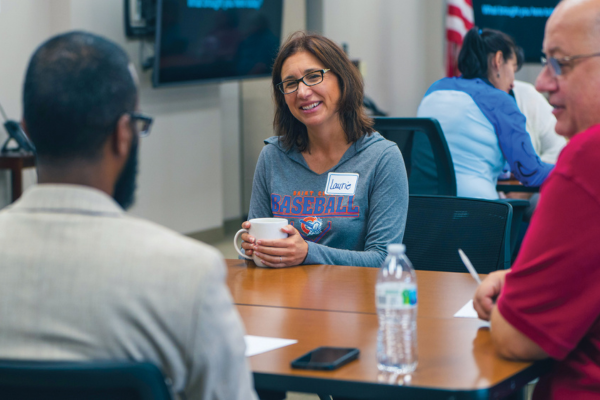Viewing the World Differently
April 01, 2022
If the priority is serving students well, then educators must understand their cultural identities and act to change learners’ attitudes

When I meet teachers on the road, I routinely ask, “What’s your name and what do you teach?” In response, most tell me their name and the subject or grade they teach. However, I occasionally meet someone who responds, “I teach
children.”
For this teacher, children are the priority. Content is second. A teacher who prioritizes children over content is a very different teacher from the one who prioritizes content over children. Looking at children first translates into seeing
the whole child — including the child’s life experiences, reality, challenges, obstacles, pressures, demands, needs, interests, goals, aspirations and how the student learns, thinks and makes sense of new information.
Rooted
in all of these experiences are the student’s racial and cultural identities. That is to say, their racial and cultural identities play a significant role in how they see, experience and react to the world, all of which have unavoidable classroom
implications.
This Content is Exclusive to Members
AASA Member? Login to Access the Full Resource
Not a Member? Join Now | Learn More About Membership
About the Author
Baruti Kafele, a former principal in urban schools, is a consultant based in Jersey City, N.J., and author of The Equity & Social Justice Education 50: Critical Questions for Improving Opportunities and Outcomes for Black Students (ASCD).
Advertisement
Advertisement
Advertisement
Advertisement



